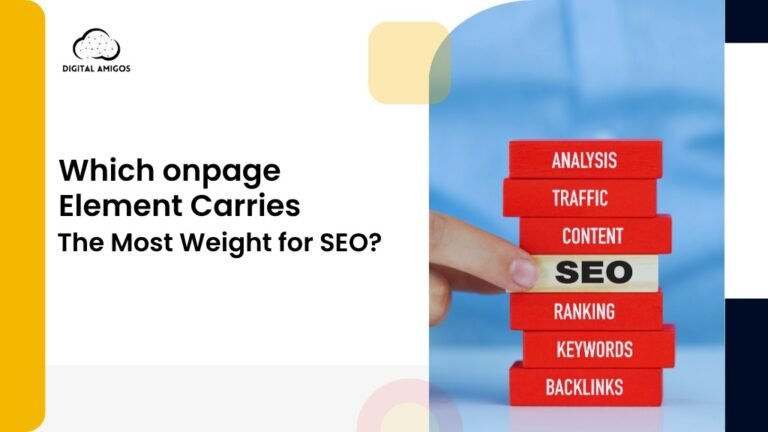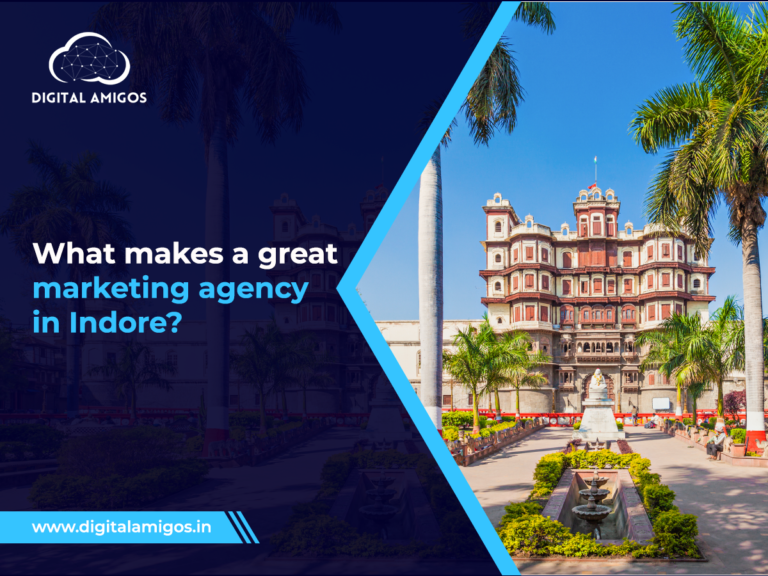Turning Your Static Website Into A Dynamic Content Management System
Websites are everywhere! When you open your computer, phone, or tablet and go online, you’re visiting websites. Some websites are simple and don’t change often. These are called “static websites.”
On the other hand, some websites are more like chameleons—they can change, update, and add new information. These are known as “dynamic websites.” But how can you turn a plain, old static website into a dynamic one? That’s where a content management system (CMS) comes in.
What is a Static Website?
A static website is like a picture book. It has a set number of pages, and they stay the same until someone manually changes them. For example, if you have a website with five pages about your pet dog, the information on these pages won’t change unless you or someone else goes in and edits the code. Static websites are great when you don’t need to update content often, but they can be a bit boring and hard to manage if you want to make frequent changes.
What is a Dynamic Website?
Imagine if your picture book could change its pages depending on what you want to see. That’s what a dynamic website does! It can change its content without you having to go into the code every time. For example, if you visit an online store, the products, prices, and even recommendations change based on what you are interested in. A dynamic website uses a CMS to manage content, making it super easy to add new pages, posts, or products without touching the code. This is what makes dynamic websites much more flexible and engaging.
Why Turn Your Static Website into a Dynamic One?
If you have a static website, you might wonder why you should bother turning it into a dynamic one. Here are some reasons:
- Easy to Update: With a CMS, you can easily update your website’s content without knowing any coding.
- Interactive: Dynamic websites can interact with users. For instance, you can have comments, forms, and even polls.
- Better Management: Managing content is much simpler. Whether it’s blog posts, images, or videos, everything can be handled with a few clicks.
- Boosts Engagement: People love websites that have fresh and engaging content. A dynamic website allows you to keep your visitors interested by regularly updating content.
If you’re a graphic design company in Indore, for example, turning your website into a dynamic one can help showcase your latest designs, client testimonials, and new projects effortlessly.
What is a Content Management System (CMS)?
A Content Management System, or CMS, is a tool that helps you create, edit, and manage your website’s content without having to touch the code. Think of it as a magic notebook where you can jot down all your website content, and the CMS will put it all together for you in a neat and tidy way.
Popular CMS options include WordPress, Joomla, and Drupal. They come with easy-to-use interfaces that let you add text, images, and videos. For example, if you’re running a graphic design company in Indore and want to upload your latest artwork to your website, a CMS makes it simple. You just log in, click a button, and voila—your new content is live!
Steps to Turn Your Static Website into a Dynamic One
Let’s dive into the steps to transform your static website design into a dynamic one using a CMS.
1. Choose the Right CMS
The first step is to choose a CMS that suits your needs. Some popular options are:
- WordPress: Great for beginners and has thousands of themes and plugins.
- Joomla: Offers more flexibility and is suitable for more complex websites.
- Drupal: Ideal for advanced users who need a lot of customization.
If you are a graphic design company in Indore, WordPress might be the best option. It has many themes that are perfect for showcasing graphic design work.
2. Backup Your Static Website
Before you start making changes, it’s crucial to back up your existing static website. This means making a copy of all your website’s files and storing them safely. This way, if something goes wrong during the transition, you can always go back to your original site.
3. Set Up Your CMS
After choosing your CMS, the next step is to set it up. Most CMS platforms offer a simple installation process. If you’re using WordPress, for example, many web hosts offer a “one-click” install. Once installed, you’ll get access to the CMS dashboard, which is like the control room of your website.
4. Choose a Theme or Template
A theme or template determines how your website looks. CMS platforms like WordPress come with thousands of themes that you can choose from. If you’re a graphic design company in Indore, pick a theme that showcases your design skills. Make sure the theme is responsive, which means it looks good on both computers and mobile devices.
5. Create and Organize Content
Now comes the fun part—adding content! With your CMS, you can easily create pages, posts, and media galleries. Here’s what you might want to include:
- Home Page: Create a welcoming page with information about your graphic design company in Indore.
- Portfolio: Showcase your graphic design work with images and descriptions.
- Blog: Share articles about graphic design tips, trends, and tutorials.
- Contact Page: Include a form where potential clients can reach out to you.
With a CMS, adding and organizing content is as easy as using a word processor. You don’t need to know HTML or any other coding language.
6. Add Plugins and Extensions
One of the coolest things about using a CMS is that you can add plugins or extensions to enhance your website’s functionality. Plugins are like apps for your website. For instance:
- SEO Plugins: Improve your website’s visibility on search engines.
- Gallery Plugins: Showcase your graphic design work in beautiful galleries.
- Form Plugins: Create contact forms to collect inquiries from visitors.
For a graphic design company in Indore, using a gallery plugin can help you display your best designs in a stylish and organized way.
7. Test Your Website
Before you launch your new dynamic website, it’s essential to test it thoroughly. Check if all pages are working correctly, links are functional, and the site looks good on different devices like smartphones and tablets. This step ensures that your visitors will have a smooth experience.
8. Launch Your New Dynamic Website
Once everything looks good, it’s time to launch your new dynamic website! Share it with your audience, and let them explore the fresh, interactive content you’ve created.
Benefits of Having a Dynamic Website for Your Business
Turning your static website into a dynamic one comes with several benefits, especially if you’re running a business like a graphic design company in Indore:
- Easier Updates: You can update your website anytime you want without needing a developer.
- Better User Experience: A dynamic website offers a more engaging experience for your visitors.
- Improved SEO: Dynamic websites are better for search engine optimization, helping your site rank higher in search results.
- Flexible Design: You can change the look and feel of your website whenever you want using themes and templates.
Common Misconceptions About CMS
Sometimes, people think that using a CMS is only for big companies or that it’s too hard to use. However, that’s not true! A CMS can be used by anyone, whether you have a small blog or a large business. Plus, most CMS platforms are user-friendly, with lots of tutorials to help you along the way.
Final Thoughts
Turning your static website into a dynamic content management system is like turning a simple drawing into an animated cartoon. It brings life and interaction to your site, making it more interesting for your visitors. If you are looking for a graphic design company in Indore, do check out Digital Amigos. this can help you attract more clients, and manage your content easily.








